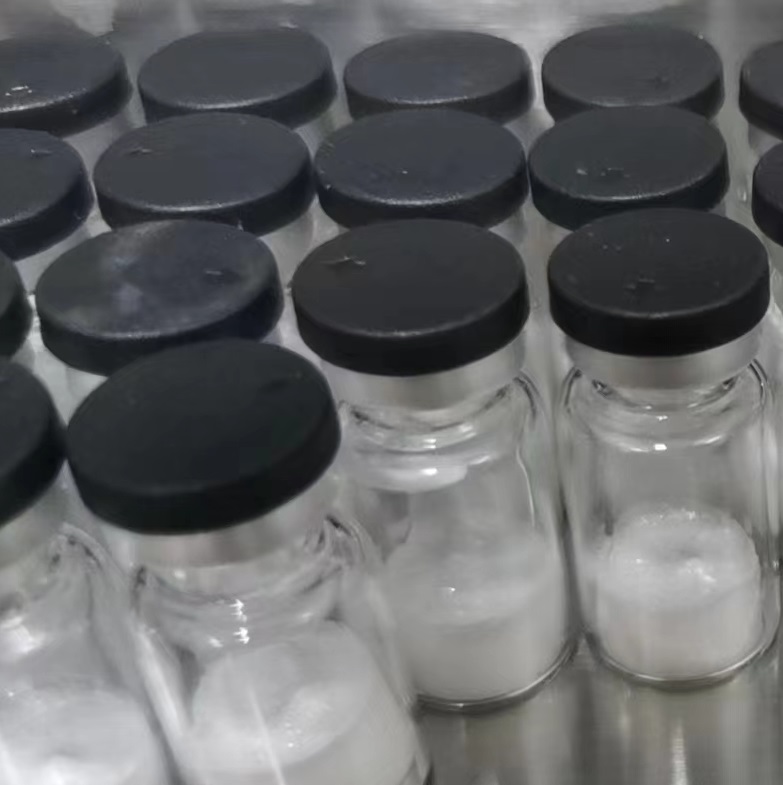-
Categories
-
Pharmaceutical Intermediates
-
Active Pharmaceutical Ingredients
-
Food Additives
- Industrial Coatings
- Agrochemicals
- Dyes and Pigments
- Surfactant
- Flavors and Fragrances
- Chemical Reagents
- Catalyst and Auxiliary
- Natural Products
- Inorganic Chemistry
-
Organic Chemistry
-
Biochemical Engineering
- Analytical Chemistry
- Cosmetic Ingredient
-
Pharmaceutical Intermediates
Promotion
ECHEMI Mall
Wholesale
Weekly Price
Exhibition
News
-
Trade Service
The long-term effects of glycated hemoglobin A1c (HbA1c) levels on cardiovascular disease (CVD) risk in people with type 2 diabetes remain controversial.
recently published a study in Thebetes Obesity and Metabolism, a authoritative journal in the field of metabolic endocrine diseases, aimed at investigating their association.
the retrospective queue study was conducted in patients with type 2 diabetes aged 45-84 without CVD between 2008 and 2010.
used mixed-effect models to calculate conventional HbA1c indicators to minimize regression dilution bias.
correlation between conventional HbA1c and CVD risk is evaluated by adjusting Cox regression of baseline covariable variables.
researchers also performed subgroup analysis based on patient characteristics.
34,074 CVD events in 174,028 patients after a mid-level follow-up of 8.4 years (1.4 million years).
researchers found a curved association between regular HbA1c and the overall risk of death from CVD, stroke, heart failure, and CVD.
found no significant difference in the usual HbA1c-lt;7% (53 mmol/mol) patients.
when HbA1c is 7% (53 mmol/mol) or higher, there is a positive linear relationship between conventional HbA1c and the risk of outcome.
1% increase in HbA1c(53mmol/mol), the adjusted CVD risk ratio (HRs) is 21% (HR is 1.21; 95% confidence interval is 1.18-1.23).
similar associations were found in subgroup analysis of patients, but HbA1c was more prominent in younger patients than in other patients.
it can be seen that an increase in HbA1c levels of 7.0% (53mmol/mol) was associated with an increased risk of CVD, but no differences were found in the HbA1c(53mmol/mol) population, regarding patient characteristics.
to prevent CVD, younger patients should strictly adhere to the HbA1c-lt;7% (53 mmol/mol) standard.
.







